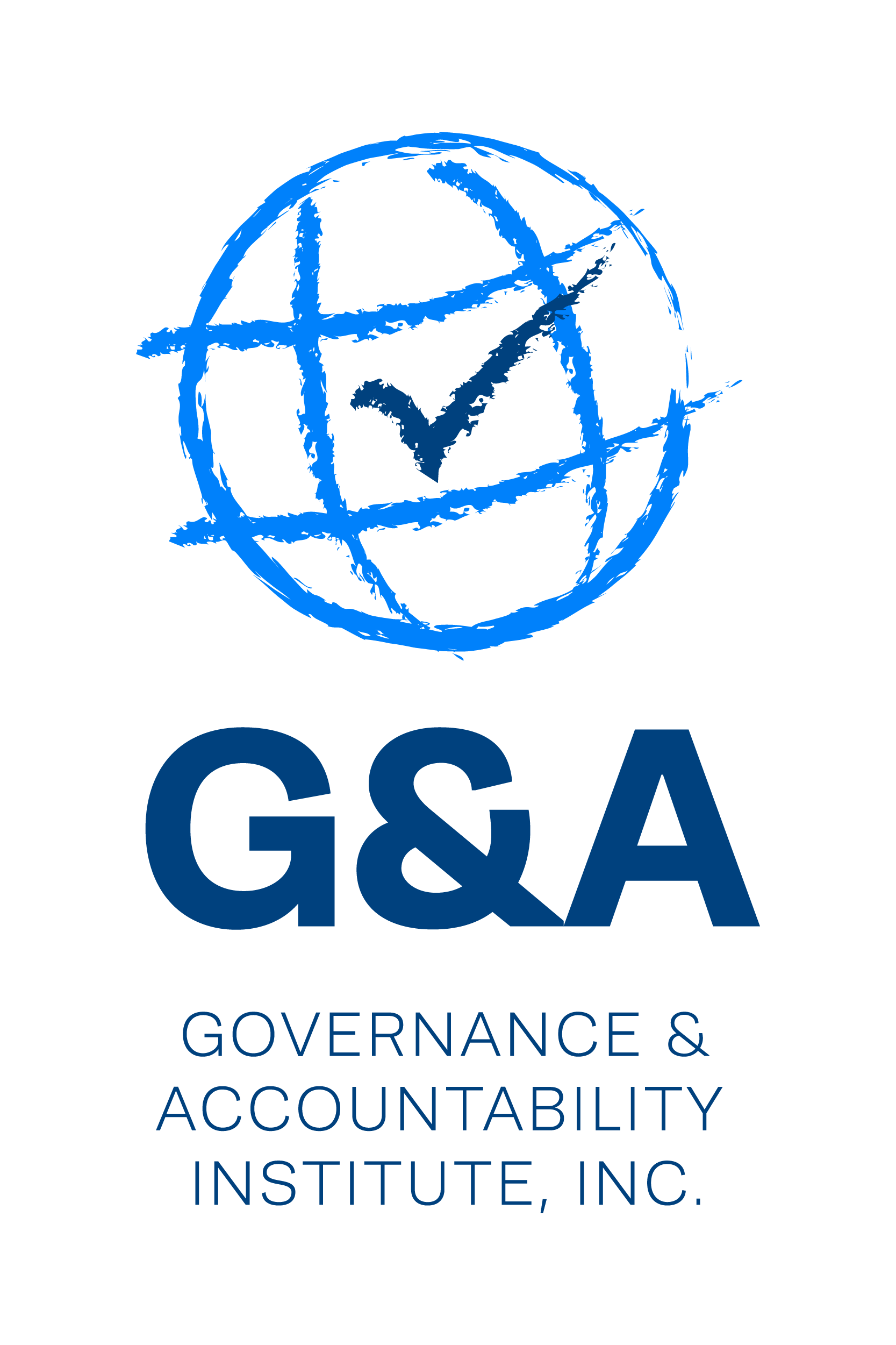Scary Stuff: The Fourth Official "Climate Science Special Report" by the U.S. Government's “Global Change Research Program"
G&A's Sustainability Highlights (11.29.2018)

SCARY STUFF: The Fourth Official "Climate Science Special Report" by the U.S. G…
Whether you are an investor, company executive or board member, or an issue advocate, or civic leader, these “high probability” outcomes should keep you up at night: more superstorms; more drought; increased risk of forest fires; more floods; rising sea levels; melting glaciers; ocean acidification; increasing atmospheric water vapor (thus, more powerful rainstorms)…and more.
How about a potential drop of 10% in the U.S.A. Gross Domestic Product by end of this century?
These are some of the subjects explored in depth in the fourth “Climate Science Special Report” of the U.S. Global Change Research Program. That is a collaborative effort of more than a dozen Federal departments, such as NOAA, NASA, US EPA, and executive branch cabinet offices of Commerce, Agriculture, Energy, State, Transportation, and Defense; plus the OMB (Office of the President).
The experts gathered from these departments of the U.S. government plus a passel of university-based experts, reported last week (in over 1600 pages of related content) on the “state of science relating to climate change and its physical impacts.” The CSSR (Climate Science Special Report) serves as a foundation for efforts to assess climate-related risks and inform decision-makers…it does not include policy recommendations. The results are not encouraging – at least not in November 2018.
The National Oceanic and Atmospheric Administration (NOAA) is the lead agency working with NASA and other governmental bodies to develop the report – which analyzes current trends in climate change and project major trends out to the end of this 21st Century. The focus of the work is on human welfare, societal, economic, and environmental elements of climate change.
Each chapter of the report focuses on key findings and assigns a “confidence statement” for scientific uncertainties. There are 10 regional analyses of climate change (such as the Northeast, and Southern Great Plains).
Some highlights: (1) This period is now the warmest in the history of modern civilization. (2) Thousands of studies have documented changes in surface, atmospheric and oceanic temps; (3) and glaciers are rapidly melting; (4) rising sea levels; (5) and the incidence of daily tidal flooding accelerating in more than 25 Atlantic and Gulf coast cities.
The various findings, the authors point out, are based on a large body of scientific, peer-reviewed research, evaluated observations and modeling data sets. In this report, we should note, experts and not politicians speak to us in clear terms.
Global climate is projected to change over this century (and beyond) – the report is replete with “likelihoods” of events) and the experts state that with major effort, temps could be limited to 3.6°F / 2°C or less – or else. Without action, average global temperatures could increase 9°F / 5°C relative to pre-industrial times – disaster at the end of the 2100s.
The Financial Stability Board’s Task Force on Climate-related Financial Risk Disclosure (the TCFD) strongly recommendations that the financial sector companies and (initial) four business sectors begin to test scenarios against (to begin with) 2-degrees Centigrade (3.5°F) temp rise and increase from there. This assessment should be a valuable resource for investors, bankers, insurance carriers and companies in their scenario planning (alternative scenarios are in the report).
This is just the introduction of G&A's Sustainability Highlights newsletter this week. Click here to view full issue.

